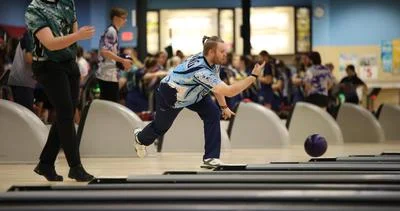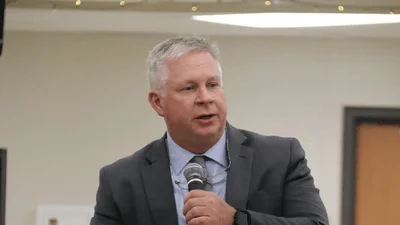Jacket Closet provides clothing and nutritional snacks for students in need. The idea for the closet, which fills a former classroom, was developed during a leadership team meeting soon after I became principal three years ago.
We asked: What can we do to provide more support for our students? What can we do to advance academic achievement? Team members noted that some students come to school without the basics: adequate clothing or food. Jacket Closet was created to help fill that void. Joy Clinger, health assistant in our nurse’s office, took the idea and ran with it. She began collecting donated clothing, new and gently used. She washed the gently used items, then organized all the clothing and shoes by sizes for boys and girls. She has students who help her. Sometimes, a teacher or other staff member will refer a student in need. Mrs. Clinger will arrange a time when classes are in session to meet the student privately at Jacket Closet to avoid any embarrassment to the student. Other times, a student will come on their own to say they need an item of clothing or a pair of shoes. Occasionally, if a student wears something inappropriate to school, we can provide other clothing for use that day. Mrs. Clinger credits the donations provided by staff members and the public, including local churches and youth groups. Recently, she placed a notice on social media that sweatpants for boys were needed. Later, she found several pairs left anonymously on her desk. Donations have expanded to include dresses for homecoming and prom.
Jacket Closet has been put to good use many times. Last year, a middle school student, who is now here at the high school, lost everything in a fire. We were able to provide clothing for that student. Jacket Closet has expanded to include non-perishable food items, purchased with cash donations. Many people do not realize that some students come to school hungry. Mrs. Clinger was reminded of that again recently.
She was at the checkout at a local store using donated cash to purchase a variety of food items. When the clerk remarked that she must have a large family, Mrs. Clinger explained that they were for high school students who often come to school hungry. An older gentleman in line behind her overheard the conversation and said he had no idea there was such a need. Mrs. Clinger said he had tears in his eyes as he handed her $40 and told her to go back into the store and buy more food.






